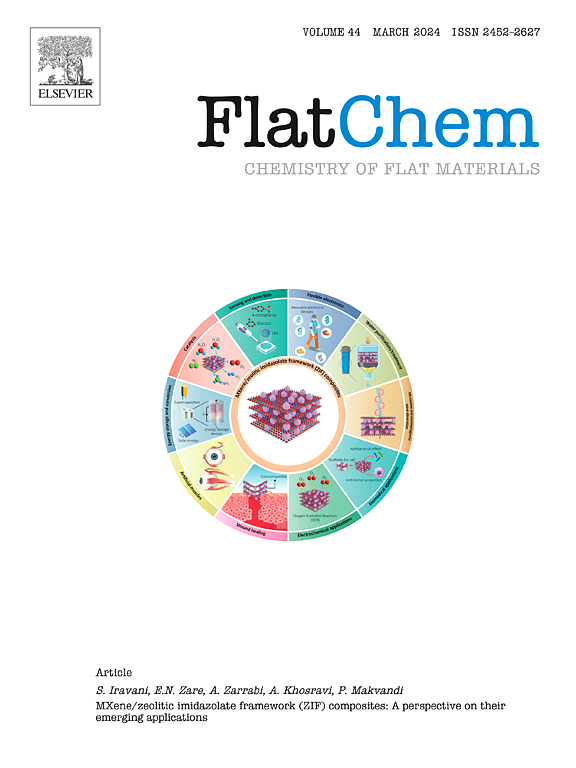The enhanced lifetime of printed GaS-based photodetectors with polymer encapsulation
IF 5.9
3区 材料科学
Q2 CHEMISTRY, PHYSICAL
引用次数: 0
Abstract
Exhibiting excellent absorption in the UV–visible wavelength range makes layered gallium sulfide (GaS) semiconductor material a promising candidate for use in electronics and optoelectronics applications. Recently, a fully printed GaS-based photodetector has been proposed and fabricated, rendering a low-cost fabrication process in flexible electronics. However, the degradation of the semiconductor layer due to environmental conditions causes reliability issues and shortens their lifetime. Thus, in this study, an attempt has been made to encapsulate printed GaS-based photodetector using different polymers to hinder the degradation. It is demonstrated that encapsulating the printed GaS-based photodetector by utilizing the polymer-capping method with styrene co-polymers, Polystyrene-block-polyisoprene-block-polystyrene, highly hydrogenated poly(styrene)-block-poly(butadiene), partially hydrogenated poly(styrene)-block-poly(butadiene), increases the performance of the photodetector. The efficiency of the GaS-based photodetector printed on flexible polyethylene terephthalate (PET) substrate has reached up to 123 % in responsivity in 6 weeks after the polymer coating. Also, the device figure of merit, the detectivity value of the printed photodetector, has increased more than three times after the polymer coating compared to its as-deposited state. Meanwhile, it is observed that the fall and rise times of the printed GaS photodetector have remained constant. Based on these results attained in this study, it can be claimed that the polymer coating provides high performance and long stability in the printed GaS-based photodetectors on flexible substrates, which will pave the way for the further implementations of III-VI group layered semiconductor materials in electronics and optoelectronics applications.

求助全文
约1分钟内获得全文
求助全文
来源期刊

FlatChem
Multiple-
CiteScore
8.40
自引率
6.50%
发文量
104
审稿时长
26 days
期刊介绍:
FlatChem - Chemistry of Flat Materials, a new voice in the community, publishes original and significant, cutting-edge research related to the chemistry of graphene and related 2D & layered materials. The overall aim of the journal is to combine the chemistry and applications of these materials, where the submission of communications, full papers, and concepts should contain chemistry in a materials context, which can be both experimental and/or theoretical. In addition to original research articles, FlatChem also offers reviews, minireviews, highlights and perspectives on the future of this research area with the scientific leaders in fields related to Flat Materials. Topics of interest include, but are not limited to, the following: -Design, synthesis, applications and investigation of graphene, graphene related materials and other 2D & layered materials (for example Silicene, Germanene, Phosphorene, MXenes, Boron nitride, Transition metal dichalcogenides) -Characterization of these materials using all forms of spectroscopy and microscopy techniques -Chemical modification or functionalization and dispersion of these materials, as well as interactions with other materials -Exploring the surface chemistry of these materials for applications in: Sensors or detectors in electrochemical/Lab on a Chip devices, Composite materials, Membranes, Environment technology, Catalysis for energy storage and conversion (for example fuel cells, supercapacitors, batteries, hydrogen storage), Biomedical technology (drug delivery, biosensing, bioimaging)
 求助内容:
求助内容: 应助结果提醒方式:
应助结果提醒方式:


